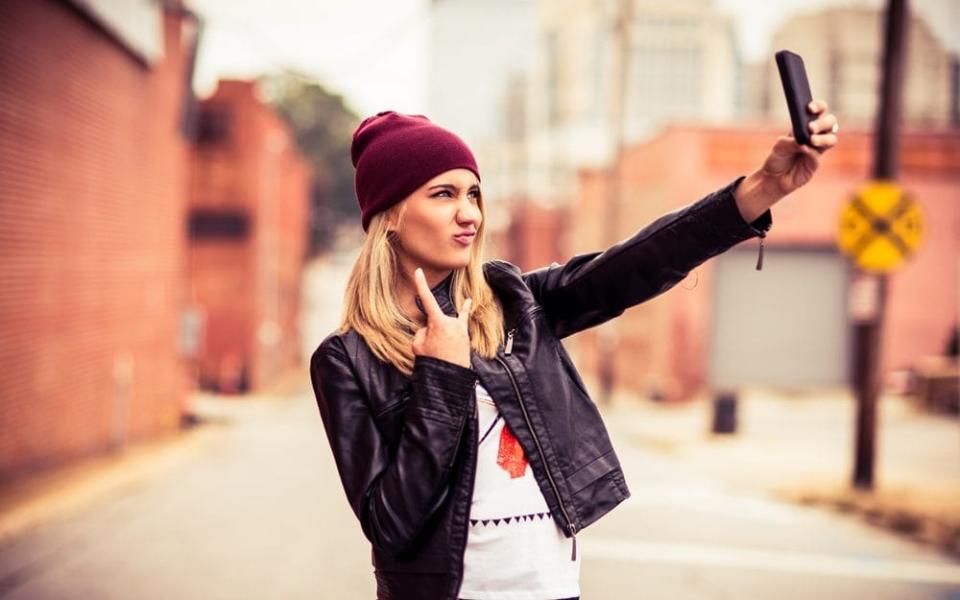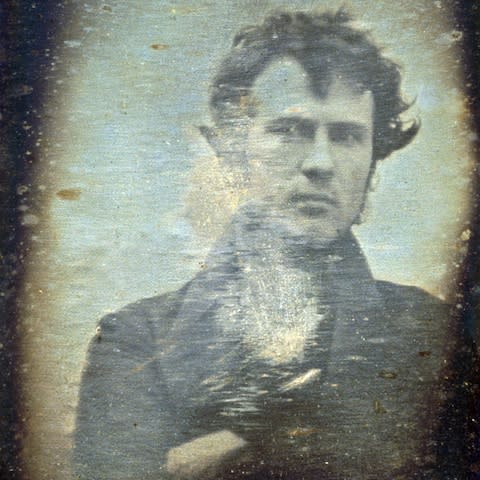Selfies make your nose look bigger by up to a third compared to real life, research finds

If you have ever suffered the deflating feeling of not being able to capture a flattering selfie no matter how many you attempt, it may not just be you.
A new research paper released Friday has found that using smartphones cameras from a short distance tends to distort facial features and make your nose look bigger by up to a third.
The research was carried out by a plastic surgeon from the Rutgers New Jersey Medical School, Boris Paskhover, who specialises in facial proceedures, and a team of computer scientists.
The team created a model of the average human head and face and then calculated how much larger the nose appeared in selfies portraits.
The results showed that selfies made the nose appear around 30 percent larger for men and around 29 per cent for women.

The research attributed the distortion partly to the short distance at which selfies are taken.
Mr Paskhover was prompted to undertake the research after getting requests for surgery from patients citing the way they looked in their selfies.
“They take out their phone and they say ‘look at this picture, look how big my nose looks,’” he told The Verge.
“I went out to prove why selfies don’t look like the real person, why they’re distorted.”
In recent years Apple has tried to make selfies more flattering by introducing a number of portrait modes into its latest iPhones, which use software to soften the light.
The first ever selfie was taken back in 1839 by an amateur chemist and photography enthusiast from Philadelphia, Robert Cornelius, who was experimenting with an early camera.

The modern term was coined in 2002 and the combined rise of camera phones and social media has elevated the selfie into a global cultural phenomenon.
Google announced that in 2015 24 billion selfies were uploaded to its servers and millennials are expected to take over 25,000 in the course of their lifetime.
The obsession with capturing and sharing flattering self-portraits has gone so far that last year ‘selfitis’ was recognised a genuine psychological condition.

The term was originally coined as a hoax but then adopted following research at Nottingham Trent University and Thiagarajar School of Management in India, a country with the highest deaths from people attempting selfies in dangerous locations.
The condition is when people feel compelled to continually post pictures of themselves on social media and may need help.
The findings, published in the International Journal of Mental Health and Addiction confirmed that there are three levels of selfitis.
Borderline cases are people who take selfies at least three times a day, but do not post them on social media. Next is the ‘acute’ phase of the disorder where the pictures are posted.

In the third ‘chronic’ stage, people feel an uncontrollable urge to take photos of one’s self round the clock, posting them more than six times a day.
Researchers found that typical ‘selfitis’ sufferers were attention seekers, often lacking in self confidence, who were hoping to boost their social standing and feel part of a group by constantly posting images of themselves.

